Anšan (Tell Malyan)
Q569107Anšan: Bronze Age settlement in Iran, now known as Tell Malyan and Tall-e Malyan. Although the site was abandoned in the Middle Elamite period, the title King of Anšan remained in use to describe the most powerful ruler in this area.
Tall-e Malyan
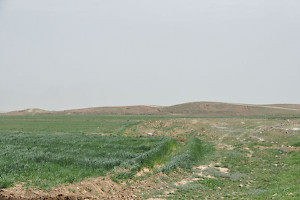
The Bronze Age city of Anšan lies northwest of modern Shiraz, in the center of a valley that is remarkably fertile and wide - a fact recognized by the Arab invaders, who called one of their settlements Baiza, "wide". Two millenniums earlier, this valley was dominated by this city, which was the capital of a kingdom that was sufficiently powerful to be known to the scribes of ancient Babylonia. Dozens of towns appear to have to obeyed the ruler of this city: in 2000, seventy-seven other settlements were known from this valley alone.
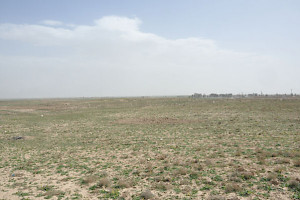
All of these belonged to the third millennium, and that is why the discovery of Tall-e Malyan in 1971 was a sensation: it suggested that the growth of urban life ("the rise of civilization") was not an isolated phenomenon in Iraq, but took place in a much wider area. This idea has in the meantime been corroborated by the excavations in Jiroft and the Burnt City.
Judging from its ceramics, Anšan was founded in c.5000 BCE. It was well-known in the west: in the twenty-first century Sumerian epic Enmerkar and the lord of Aratta, its name is spelled as [KURan]-ca4-anKI (line 110). The city was destroyed by a great fire in the Middle Elamite period (c.1500-1100). Probably, the aggressors were the Elamites: their king Untaš-Napiriša (r.1275-1240), best known as the builder of the ziggurat of Choga Zanbil, calls himself "king of Anšan and Susa". Elamite kings continued to use this title until the end of the eighth century.
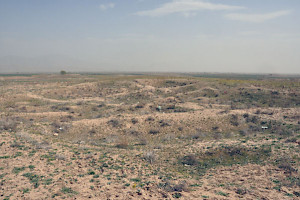
Today, the low hill, situated between two qanats, lies more or less abandoned, although thousands of sherds prove that this must have been a major city once. I spotted one big, artificially cut stone that may or may not have been part of a large wall. The part that has been excavated in the seventies is now used as a garbage dump.
King of Anšan
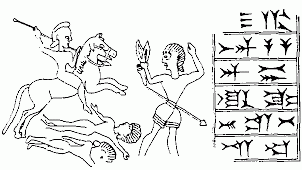
Although the city was abandoned, the title "king of Anšan" remained in use to indicate the kingdom, which must have regained its independence at some stage in the Early Iron Age. One of its rulers used a seal with the legend Kuraš of Anšan, son of Teispes. The owner must be the ancestor of Cyrus the Great, who is described as "king of Anšan" in contemporary Babylonian documents.note This last-mentioned document also uses the title for Cambyses I, the son of the first Cyrus and father of the great conqueror. The people living in the valley, by then, were already calling themselves "Persians": an earlier Kuraš, "king of Parsumaš", sent a son named Arukku as an envoy to the Assyrian king Aššurbanipal (r.668-631).
The use of the title does not prove that the town was still/again alive in the sixth century: it is one of those archaisms that are so often used in Babylonian literature (cf. the third millennium names "Gutium" for all countries in the east and "Hanaeans" for Macedonians).
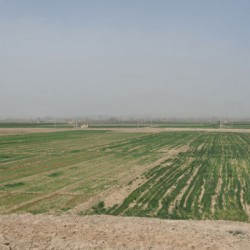 Tell Malyan, Plain |
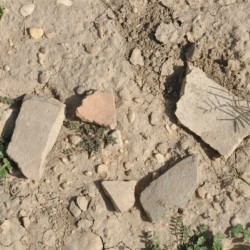 Tell Malyan, Sherds |
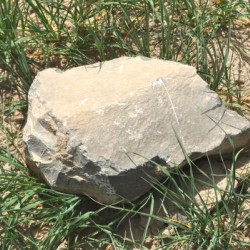 Tell Malyan, Stone |
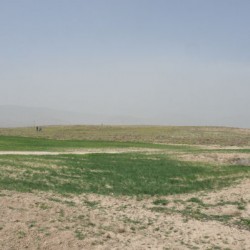 Tell Malyan, View from the east |